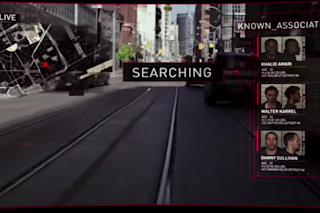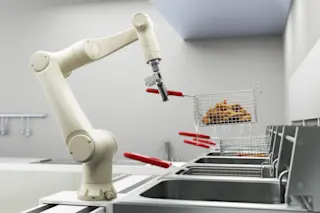A view from a cyborg police officer in the 2014 film "RoboCop." Credit: Sony Pictures Before the RoboCop future arrives, a robot police car that pulls over speeding vehicles and issues tickets or warnings on its own could someday help ease a shortage of human officers at police departments across the United States. But the vision of a self-driving police vehicle described in a Ford patent also raises many questions about whether such technology is the right tool for law enforcement. The basic Ford patent description makes clear that this self-driving police car cannot do the job of a flesh-and-blood police officer. Instead, it focuses on the idea that "routine police tasks, such as issuing tickets for speeding or failure to stop at a stop sign, can be automated." It goes on to describe the self-driving police car's capabilities as follows: detecting traffic law violations by another vehicle, tracking and ...
Ford's Robot Police Car Is No RoboCop
Explore how a robot police car could revolutionize traffic enforcement while raising questions about its effectiveness.
More on Discover
Stay Curious
SubscribeTo The Magazine
Save up to 40% off the cover price when you subscribe to Discover magazine.
Subscribe













